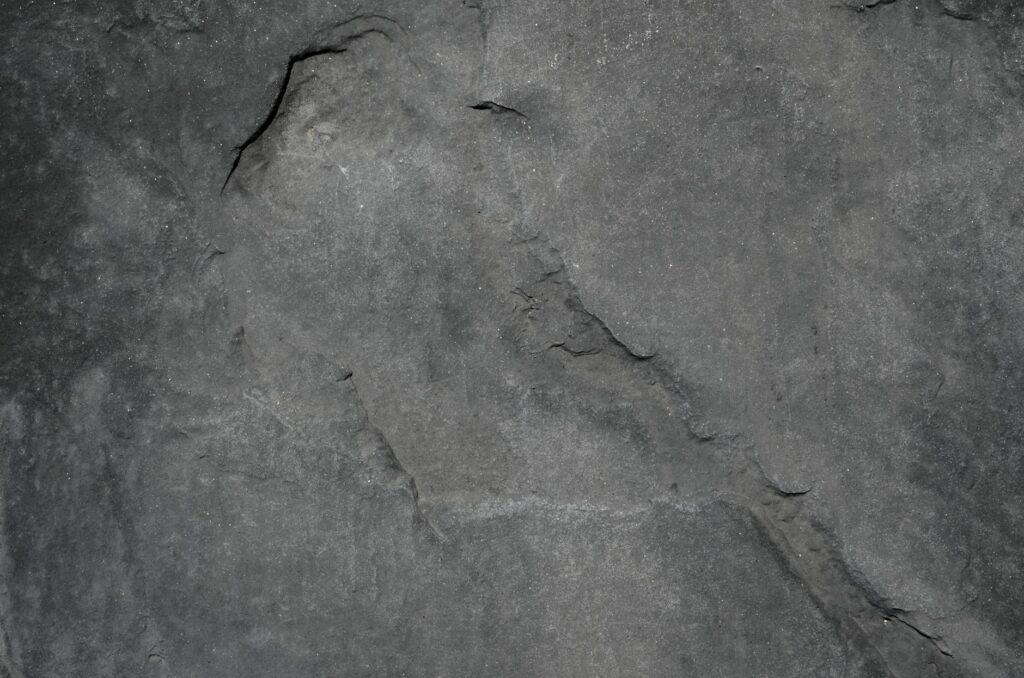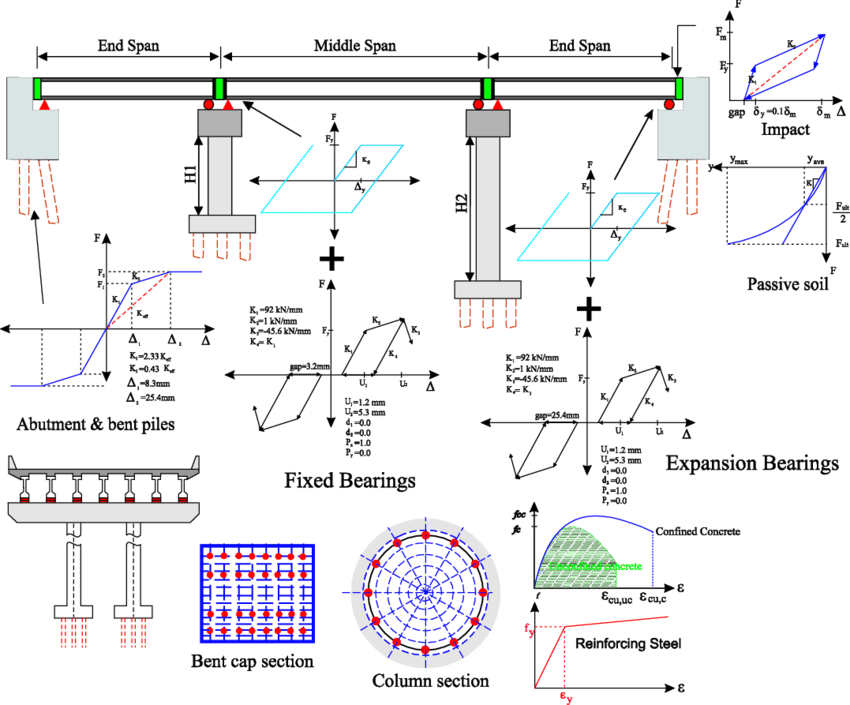Cracks in your concrete surfaces are more than just eyesores; they can compromise structural integrity and invite further damage. Understanding how to fill these cracks effectively is crucial for maintaining the longevity and value of your property. This guide will walk you through the process, from identifying the type of crack to achieving a seamless repair.
Identifying the Crack
Before you begin, it’s essential to identify the type and cause of the crack. Hairline cracks are usually cosmetic, while wider cracks may indicate more serious underlying issues.  Knowing the source—settlement, shrinkage, or freeze-thaw damage—will help determine the best repair method. If you’re unsure, consulting a structural engineer is always a good idea. Learn more about crack identification here.
Knowing the source—settlement, shrinkage, or freeze-thaw damage—will help determine the best repair method. If you’re unsure, consulting a structural engineer is always a good idea. Learn more about crack identification here.
Gathering Your Materials
Repairing concrete cracks requires specific materials. You’ll need a wire brush, a hammer and chisel (for larger cracks), a vacuum cleaner, a patching compound suitable for concrete (choose one designed for interior or exterior use depending on your needs), and a caulking gun (if using caulk). Find the best patching compound for your needs.
Preparing the Crack
Clean the crack thoroughly using a wire brush to remove any loose debris, dirt, or old sealant. Use a hammer and chisel to widen and deepen the crack slightly if necessary, creating a V-shape to help the patching compound adhere better. [IMAGE_2_HERE] Then, thoroughly vacuum the area to ensure a clean surface for optimal bonding. Watch our video on crack preparation.
Applying the Patching Compound
Follow the manufacturer’s instructions carefully when applying the patching compound. Generally, you’ll want to mix the compound according to the directions, then firmly pack it into the crack, ensuring it’s slightly higher than the surrounding concrete surface. Use a trowel or putty knife for a smooth application. [IMAGE_3_HERE]
Smoothing and Finishing
Once the patching compound has been applied, use a damp sponge or trowel to smooth the surface, ensuring a seamless blend with the surrounding concrete. Allow the compound to cure completely according to the manufacturer’s instructions. This usually takes several hours or even a full day, depending on the product and weather conditions. Check out these tips for a professional finish.
Sealing (If Necessary)
For larger cracks or those in areas exposed to the elements, applying a sealant can provide additional protection and prevent water damage. Choose a sealant compatible with concrete and apply it according to the manufacturer’s instructions. [IMAGE_4_HERE]
Preventing Future Cracks
Preventative measures, such as proper drainage and joint sealing, can significantly reduce the likelihood of future cracks. Regular inspections of your concrete surfaces can help catch small cracks early on, allowing for timely repairs. Learn more about preventative concrete care.
Additional Considerations
For extremely large or structurally significant cracks, it is crucial to consult with a qualified structural engineer or contractor. Attempting to repair extensive damage without professional guidance could lead to further complications and costly repairs in the long run. Find a reputable contractor near you.
In conclusion, filling concrete cracks can be a manageable DIY project with the right approach. Remember to prioritize proper preparation and material selection for a successful and long-lasting repair. By following these steps and understanding the type of crack, you can maintain the integrity and beauty of your concrete surfaces for years to come.
Frequently Asked Questions
What type of patching compound should I use? Choose a patching compound specifically designed for concrete and appropriate for interior or exterior use depending on your needs. Read reviews and choose a reputable brand.
How long does the patching compound need to cure? The curing time varies depending on the product, temperature, and humidity. Always refer to the manufacturer’s instructions for accurate curing time.
Can I paint over the repaired area? Yes, once the patching compound is fully cured, you can paint over the repaired area using a suitable concrete paint. Allow ample drying time between steps.
What if the crack keeps reappearing? A recurring crack might indicate a more significant underlying structural problem. Consult a structural engineer for assessment and professional repair.
What tools are needed to repair small cracks? For small cracks, you primarily need a wire brush, patching compound, a putty knife, and a damp sponge.

